As the holiday season approaches, homes and streets are about to be adorned with twinkling lights, creating an enchanting spectacle of joy and warmth. While these illuminations add to the festive spirit, it’s crucial to remember the safety measures associated with holiday lighting. This guide will provide essential tips to ensure your holiday season shines brightly without posing any risks.
The Importance of Holiday Lighting Safety
Holiday lighting is essential to the holiday season, but it often brings various safety hazards if not handled correctly. According to the National Fire Protection Association (NFPA), decorative lights and Christmas trees are responsible for over 800 home fires annually, causing an average of $11 million in property damage. To avoid being a part of these statistics, following proper safety measures when decorating your home for the holidays is crucial.
Tips for Safe Holiday Lighting
Tip 1: Use Lights Approved by Recognized Testing Labs
When purchasing your holiday lights, ensure they have been tested and approved by recognized testing laboratories. These lights meet safety standards and are less likely to cause electrical fires. Look for markings that indicate the approval, such as UL, ETL, or CSA.
Tip 2: Inspect Lights Before Use
Before you start decorating, inspect all lights for any signs of damage. Look for frayed wires, cracked or broken sockets, and loose connections. Damaged lights can pose a severe fire risk and should be replaced immediately.
Tip 3: Don’t Overload Electrical Outlets
Be mindful not to overload your electrical outlets. Plugging too many lights into one outlet can cause overheating, leading to electrical fires. As a rule of thumb, it’s best not to connect more than three strings of lights to the same extension cord.
Tip 4: Turn Off Lights When Unattended
Remember to turn off your holiday lights when you leave the house or go to bed. Leaving lights on unattended uses unnecessary energy and poses a risk if a short circuit occurs.
Tip 5: Use Appropriate Lights for Different Locations
Ensure you are using indoor lights indoors and outdoor lights outdoors. Outdoor lights are designed to withstand weather conditions and are safer to use outside, while indoor lights aren’t built to handle moisture or cold temperatures. Always check the box to ensure you’re using the right type of lights for your decoration needs.
Tip 6: Keep Decorations Away From Heat Sources
Avoid placing your holiday lights near heat sources, such as candles and fireplaces. The heat from these sources can cause the decorations to melt or catch fire, leading to a potential hazard.
Tip 7: Use a Timer for Outdoor Lights
Consider using a timer for your outdoor lights to save energy and reduce the risk of electrical fires. This ensures that the lights are only on during specific times and not throughout the night. You can learn more about using a timer for outdoor lights by talking to professionals in your area.
Tip 8: Use Stable Ladders
When hanging lights, use a sturdy ladder and have someone to spot you. Avoid standing on chairs or other unstable objects, which can cause accidents and injuries.
Type of Holiday Lights to Avoid
To ensure the safety of yourself and your home, it’s essential to steer clear of certain types of holiday lights. These include:
- Old or damaged lights
- Lights with exposed wires
- Extension cords that are not rated for outdoor use
- Lights made for indoor use only
How to Tell if Your Holiday Lights Are Safe
To determine if your holiday lights are safe to use, check for the following:
- Recognized safety certifications: Lights with recognized safety certifications such as UL, ETL, or CSA have met stringent safety standards. They are designed to minimize fire hazards and electrical shock risks. Always look for these labels on the packaging or the wire.
- Intact and undamaged wiring: Safe lights will have intact wiring with no signs of fraying, pinching, or bare wires. Damaged wiring can lead to electrical shorts and potential fires. Always inspect your lights before using them each year.
- Properly functioning bulbs: All the bulbs in the strand should light up when plugged in. If any bulb is burnt out, it should be replaced with a bulb of the same voltage. Using a higher voltage bulb can cause the light strand to overheat.
- Fused plugs: Fused plugs contain a small mini-fuse that acts as a safety device, preventing excessive current from flowing through the circuit. This feature is especially important for preventing overheating and potential fires.
- Outdoor-rated extension cords: If you use extension cords outdoors, they should be specifically rated for outdoor use. Outdoor-rated cords are designed to withstand weather conditions and are safer for outdoor use.
- Safe installation: Lights should be securely attached to walls, trees, or other firm supports to prevent accidental falling or pulling down, which could damage the lights or cause injuries. Avoid using nails or tacks that could damage the wiring. Instead, use insulated holders or hooks.
Additional Factors to Consider for Safe Holiday Lighting
In addition to the tips mentioned above, here are a few more factors to consider for safe holiday lighting:
- Unplug lights when replacing bulbs: Always unplug lights before attempting to replace any broken or burnt-out bulbs. This will prevent accidental electric shocks.
- Keep pets and children away from cords: To avoid tripping hazards and potential electrocution, keep cords out of reach of pets and children.
- Dispose of lights properly: When packing up your holiday decorations, dispose of old or damaged lights correctly. Do not throw them in the trash, as they can start a fire. Instead, check for recycling programs in your area that accept old lights.
Conclusion
By following these safety tips and guidelines, you can ensure a safe and bright holiday season for you and your loved ones. Always prioritize safety when it comes to holiday lighting, and don’t hesitate to replace any lights that show signs of damage or wear. Happy decorating! So remember, this holiday season, shine bright without risks by following these simple yet crucial tips for safe holiday lighting.

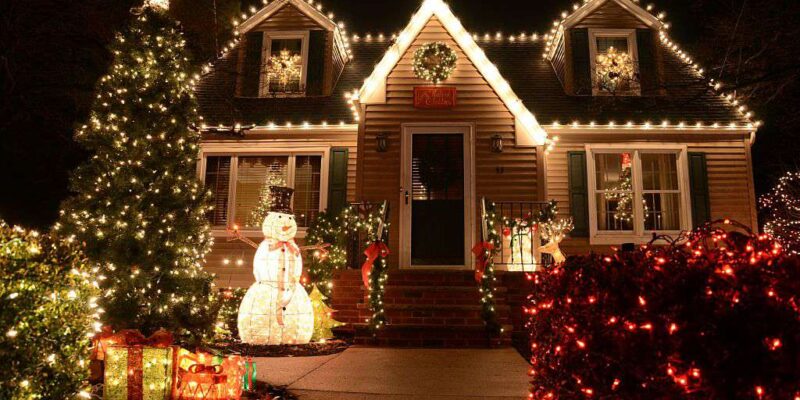
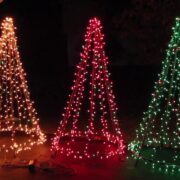
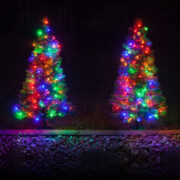
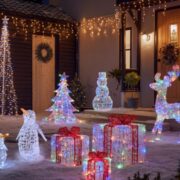
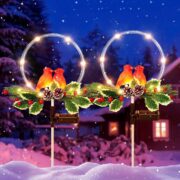
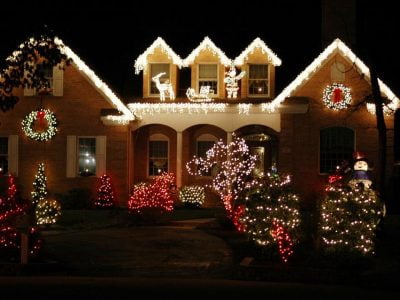
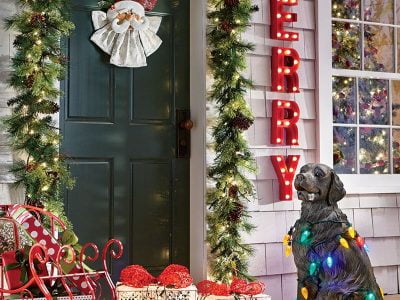
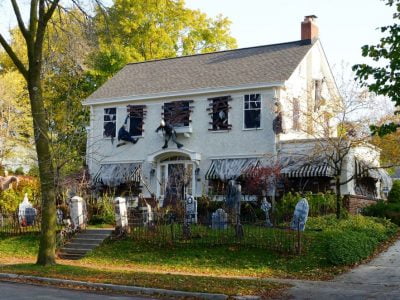

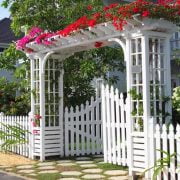
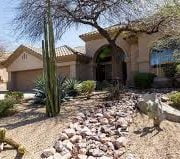
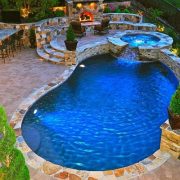
Comments